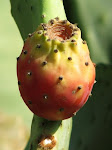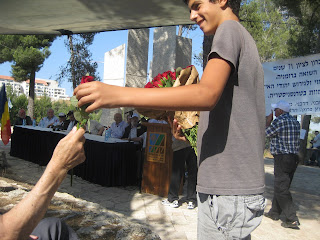Wow, what a place! So peaceful, colorful and interesting! On a clear, beautiful day one could spend some very happy hours here; there's a lot to see, learn.. and capture with the camera.
The Village Museum ('Muzeul Satului') of Bucharest, is an open-air museum with some over 300 small peasant households from all over Romania. It borders the superb Park Herestrau with its lovely Lake Herestrau located in the northern, elegant part of the city.
park and lake Herestrau
entrance to the museum
The place is organized like a real village with original houses and shaded paths . The houses (wooden /mud/thatched roof houses ) have various patterns of fences, gates, benches and windows mostly made of quality wood. Some of the houses were open to visitors and one could see furniture,rugs and traditional decorative items dating back to 18th and 19th centuries.
Like in any other village one will find here churches, windmills, water-wells, barns, sheds . I also came upon a boat , an inn, and some domestic animals(the cats and hens are adorable).
water well
windmill
This Village Museum is a Must -see when in Bucharest. The place is a delight to the senses and it it is for everybody: child and adult. It introduces the visitor to Romania's rural life and architecture in a fascinating way.
.my ' inserted' head on folkdancer's body





















































